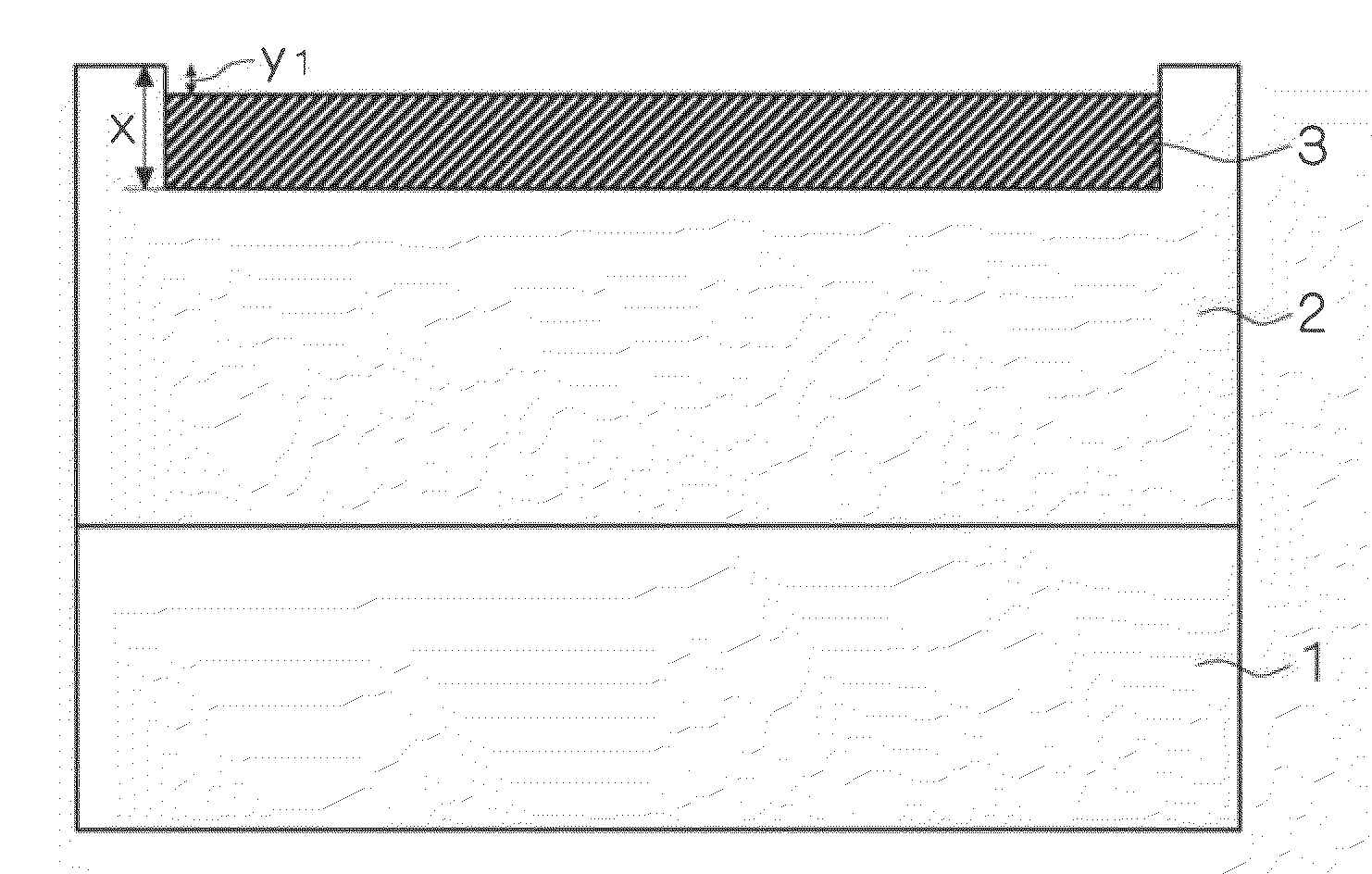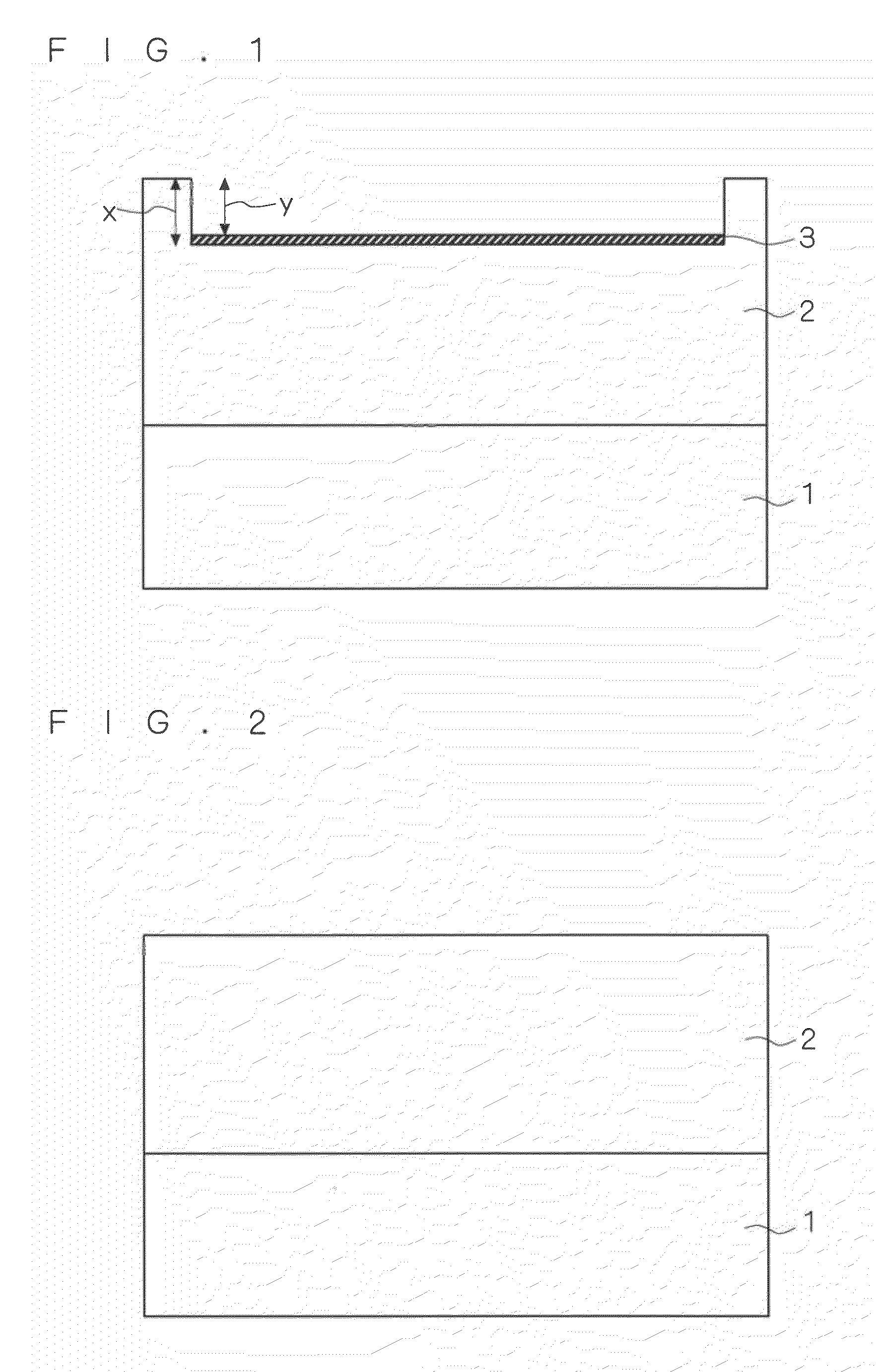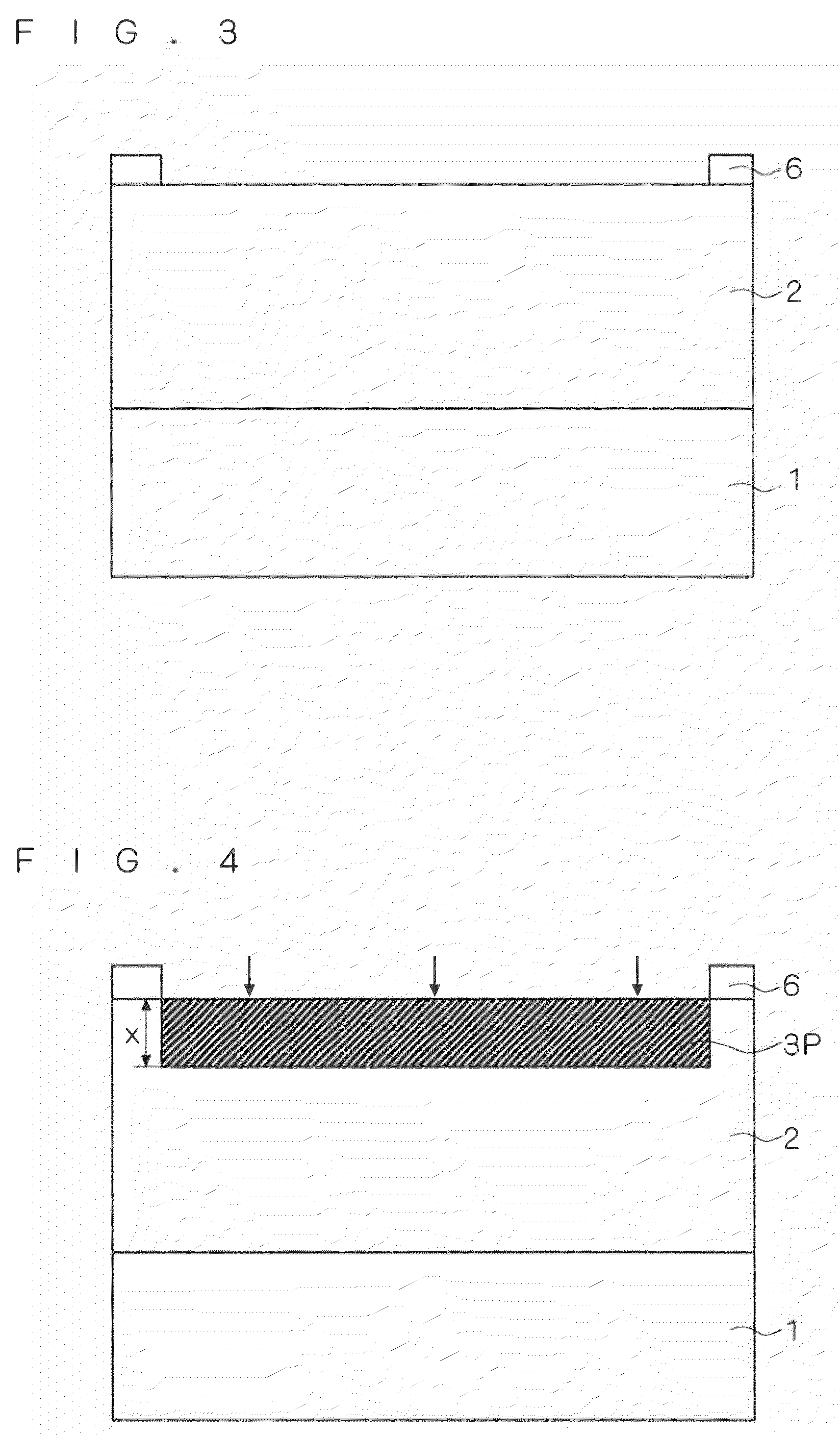Silicon carbide semiconductor device comprising silicon carbide layer and method of manufacturing the same
a silicon carbide and semiconductor technology, applied in the direction of semiconductor devices, basic electric elements, electrical appliances, etc., can solve the problems of process failure in device manufacture, no detailed relation between the temperature of high-concentration ion implantation, and device manufacturing process failur
- Summary
- Abstract
- Description
- Claims
- Application Information
AI Technical Summary
Benefits of technology
Problems solved by technology
Method used
Image
Examples
Embodiment Construction
The First Preferred Embodiment
[0041]Detailed discussion will be made below on the effect of a high temperature process on a p++ region for silicon carbide p-type base ohmic contact which is manufactured by a method of manufacturing a silicon carbide semiconductor device in accordance with the first preferred embodiment.
[0042]FIG. 1 is a longitudinal section showing a structure of a semiconductor device used to evaluate the effect of a process on the p++ region for silicon carbide p-type base ohmic contact. In FIG. 1, reference numeral 1 represents a silicon carbide substrate, reference numeral 2 represents a silicon carbide epitaxial layer grown on a surface of the silicon carbide substrate 1 and reference numeral 3 represents a p++ region formed on a surface of a step groove of the silicon carbide epitaxial layer 2.
[0043]Next, a procedure for evaluating the effect of a process on the p++ region for silicon carbide p-type base ohmic contact 3 in the first preferred embodiment will b...
PUM
 Login to View More
Login to View More Abstract
Description
Claims
Application Information
 Login to View More
Login to View More - R&D
- Intellectual Property
- Life Sciences
- Materials
- Tech Scout
- Unparalleled Data Quality
- Higher Quality Content
- 60% Fewer Hallucinations
Browse by: Latest US Patents, China's latest patents, Technical Efficacy Thesaurus, Application Domain, Technology Topic, Popular Technical Reports.
© 2025 PatSnap. All rights reserved.Legal|Privacy policy|Modern Slavery Act Transparency Statement|Sitemap|About US| Contact US: help@patsnap.com



